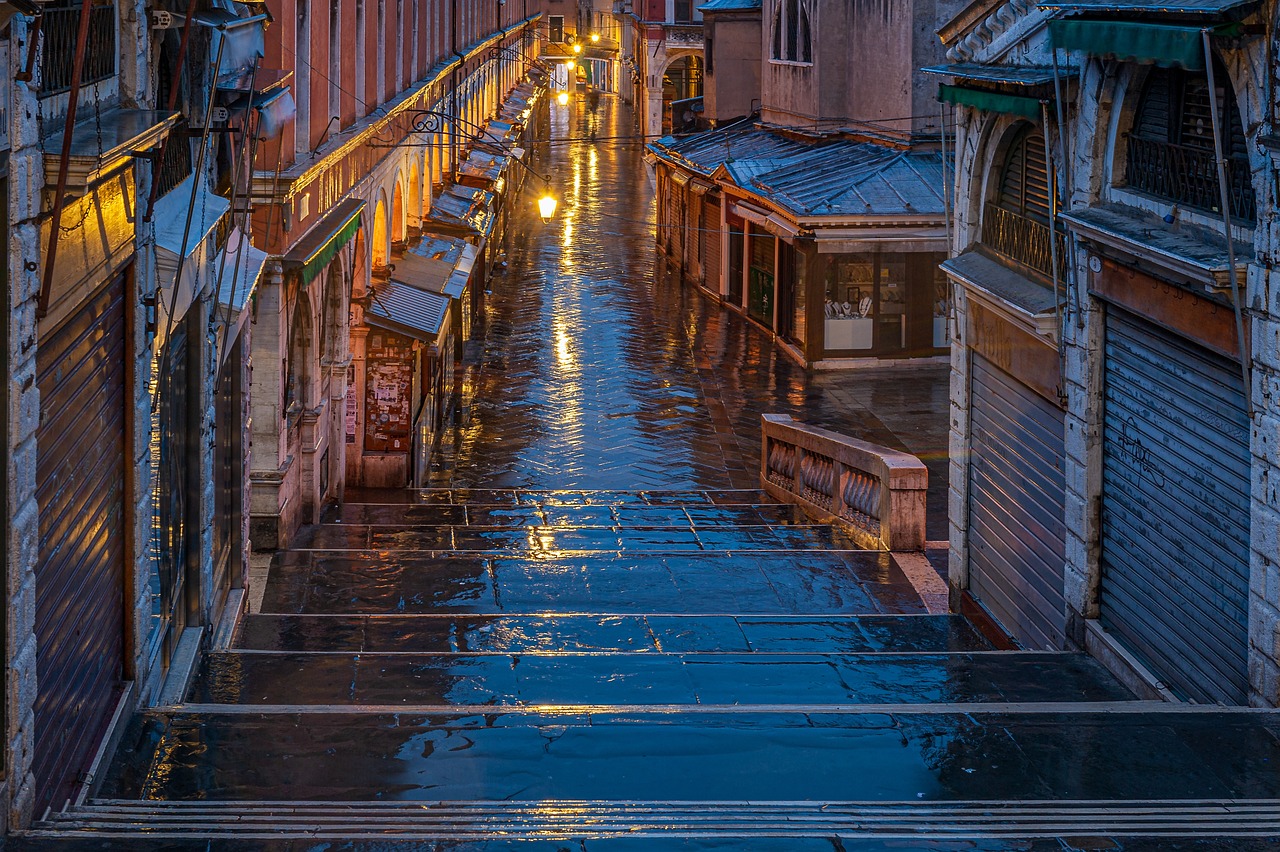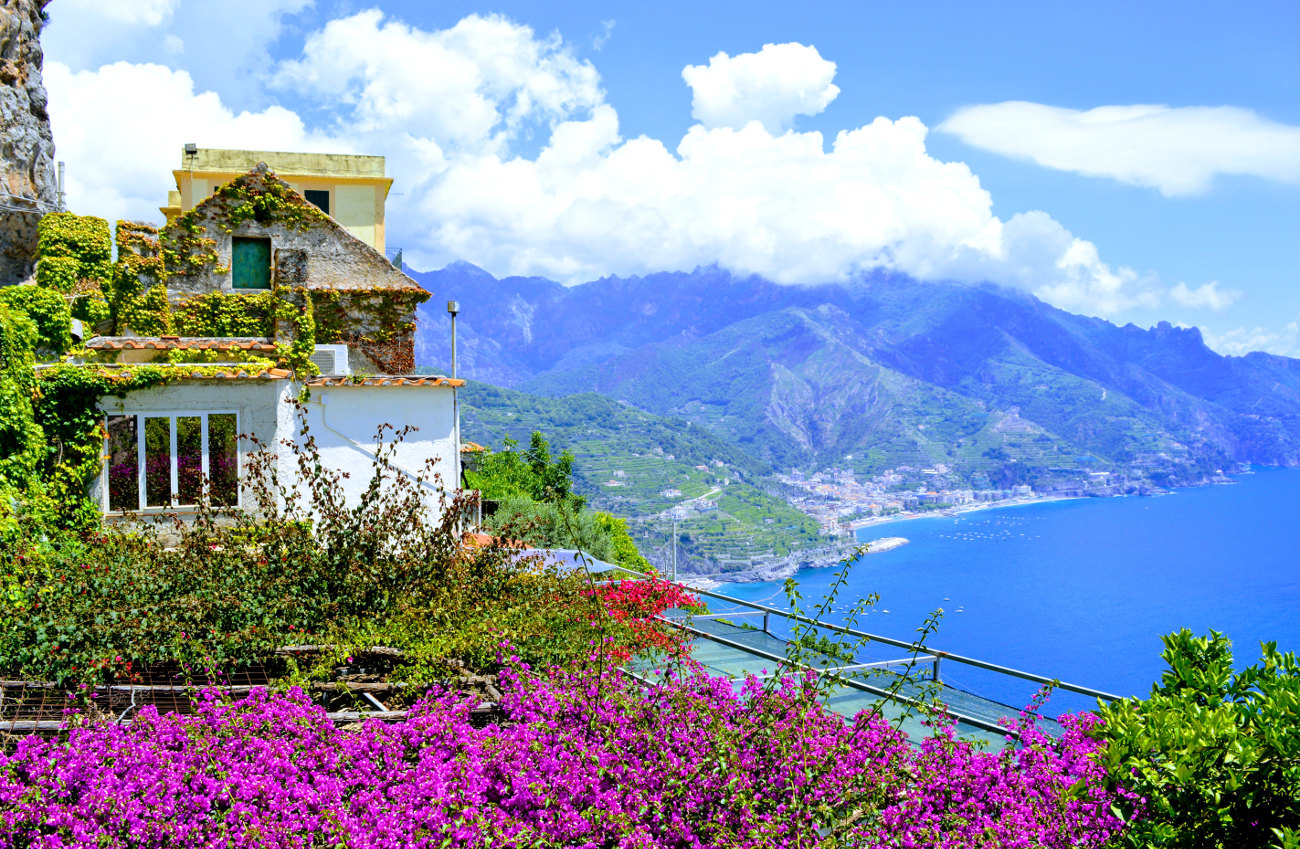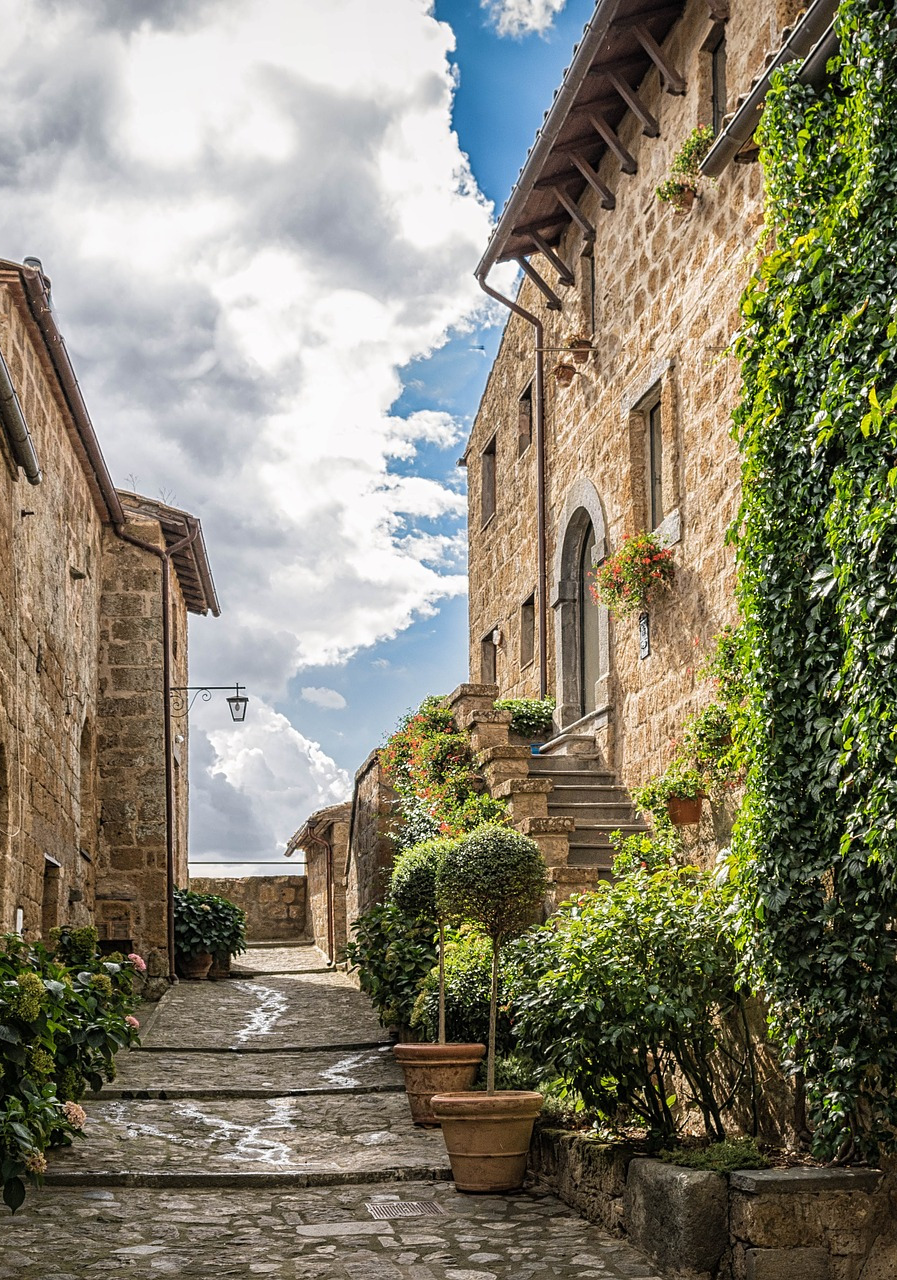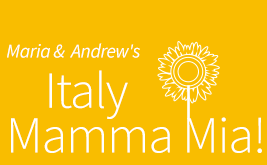- Home
- Moments in Italy
- Slavery in Italy
Join A Secret Italy
You come to Italy thinking it will be a trip. You leave knowing it was a beginning
The Story of Slavery in Italy
Here's a little bit of history about the Amalfi Coast and the coast all the way down to Calabria and Sicily that not many people know about.
When you think of slavery, do you think of European slaves? Not many do. Read on to discover the tragic history of a tale, for some reason, seldom told.
Italians Slaves sent to Africa
There is the reason why so many Italian towns were built high above the sea on hilltops.
North African pirates continually raided these towns in the 15th and 16th centuries. Captured survivors—families, children, and women—were sold off as slaves in markets across Africa.
These dark times had a lasting impact on the psyche of coastal communities. The specter of piracy cast a long shadow, leading to the construction of hilltop towns as a defensive measure. These towns, fortified and strategically positioned, became sanctuaries against the marauding corsairs.
These marauding pirates, often referred to as Barbary corsairs, hailed from the North African regions of Algiers, Tunis, and Tripoli. Their motives were driven by both financial gain and religious fervor, as they aimed to capture and convert Christian slaves to Islam. They operated with impunity, launching audacious raids that struck fear into the hearts of coastal communities.
Some say that over a million people were taken in Italy, Spain, and many other countries. Some were even taken from as far away as Ireland.
With a southern Italian population of around 2 million at the time, the impact of the raids was enormous. Communities lived in constant fear, knowing that those taken—whether children, spouses, or friends—would never return. Families were torn apart, with loved ones lost to slavery forever.
Those taken didn't have much to look forward to either. Their future lives were often short and brutal: they worked in brothels in Africa or as galley slaves, rowing until they dropped dead, were injured, or were too old to row. Being unable to row usually meant you were thrown overboard and left to die a death by drowning, or you were food for sharks before you even had the chance to drown.
The strange thing is that I knew nothing of this. Why don't they teach this at school? Or did they teach it at your school? Did you know about this?
Rome & A Slave Rebellion
Southern Italy even saw a huge slave rebellion in 73 BC.
Most of the slaves were from Eastern Europe, Germanic countries, or the British Isles. The conditions under which these individuals lived were beyond oppressive, their lives marked by servitude and suffering.
The slave rebellion was defeated by the Romans.
The Romans, in their brutal retribution, ordered the crucifixion of the rebels—men, women, and even children. Along a 200-kilometer stretch of road, from the Amalfi Coast to the heart of Rome itself, the crucifixes bore the weight of 6,000 lives extinguished. It was a chilling display of power, intended to deter any future insurrections.
This tragic and haunting tale found new life in the film "Spartacus." The movie, inspired by historical accounts, sought to bring this chapter of defiance and despair to the forefront of popular culture.
Venice's Dark Legacy: Wealth Built on Slavery
 Near the Slave Market
Near the Slave MarketVenice amassed its initial wealth significantly through the slave trade. During the early medieval period, Venice emerged as a central hub for slavery in Europe.
The city's strategic location facilitated the trade of slaves from Eastern Europe, particularly Slavic peoples, but many others too. Venetian merchants played a crucial role in this trade, acting as intermediaries between slave markets in the East and buyers in Africa, Turkey, and the rest of the Muslim world, while many wealthy Venetians kept the best slaves for themselves.
One of the primary markets was located in Venice's Rialto district, where slaves were bought and sold openly. Many of the men were first castrated, as they were more valuable that way and castration houses were opened across Venice. Women and children were also sold in huge numbers. The wealth generated from this trade financed the construction of the city's iconic architecture and supported its burgeoning economy.
Venice's involvement in the slave trade diminished over time as the city shifted towards other forms of commerce and political power. However, the early economic boost from this dark aspect of history played a significant role in establishing Venice as a major power in the medieval world.
Sorry for the history lesson. I found it fascinating, and I hope you do too. If you'd like to read more about the subject, then read this article on Wikipedia.
P.S. For more on the area today visit https://www.exquisitecoasts.com/cilento-coast.html
For more reasons to visit Italy head over to https://www.italymammamia.com/why-travel-to-italy.html
Please Book with Us... Maria here, if you enjoy my site I'd love your support.
Simply book your next trip anywhere (not only to Italy) via the link below or with any of the hotel links on the website.
You'll get the best deal available and the income I receive helps me to remain independent and to keep bringing you more of beautiful Italy.
More Travel Tips:
- Book your tickets to museums and other attractions in advance on Tiqets.com
- Book your accommodation. Booking.com and Agoda help you to book accommodation in advance
- Book your excursions. Wherever you go, make the most of your time! Excursions with professional guides will help you do this - choose a location and the best option for yourself on Viator or Getyourguide
- Book your car. At least a month before is best. Use Discover Car Hire.
- Cash Back on Flights: Great deals & money back with WayAway
- Get peace of mind when traveling. Get insured with VisitorsCoverage.com
- Home
- Moments in Italy
- Slavery in Italy






















New! Comments
Have your say about what you just read! Leave me a comment in the box below.